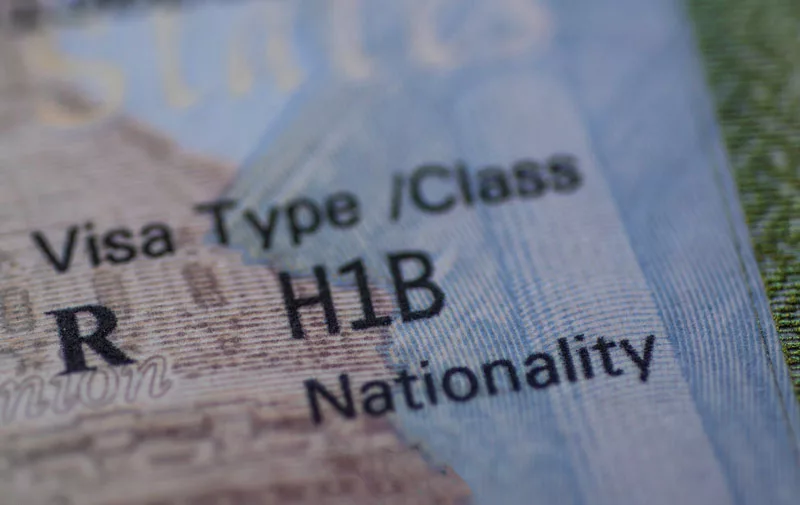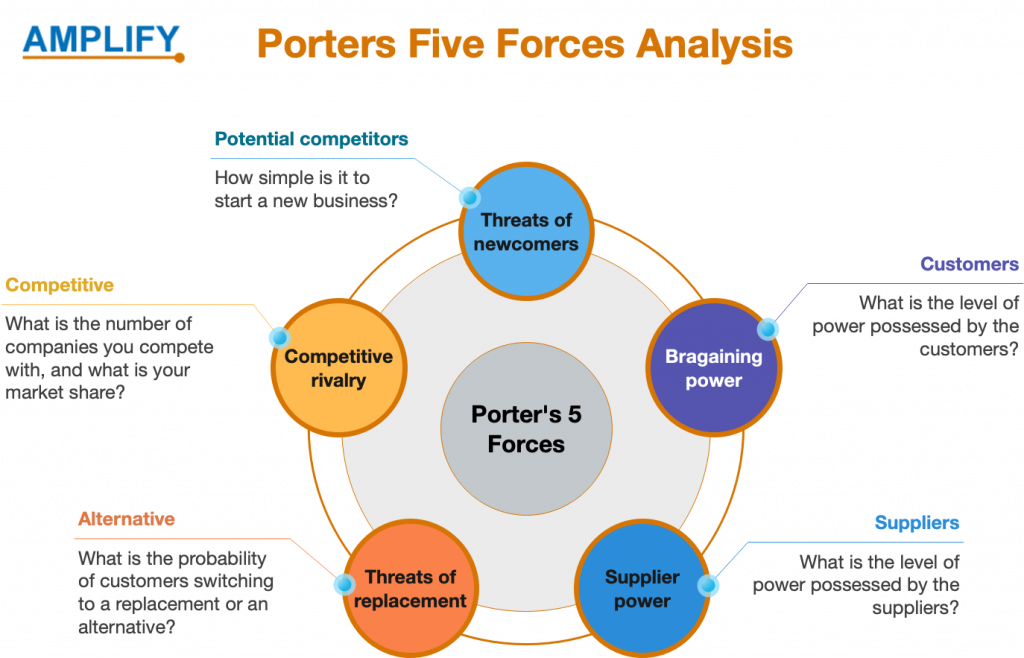The reverse razor and blade business model is a strategy where a company initially sells a high-margin product, often referred to as the “blade,” and offers complementary or compatible products, known as the “razors,” at a lower or even subsidized price
This business model is an inversion of the conventional razor and blade method, in which the primary product is offered at a reduced price in order to generate recurring revenue through the sale of consumable or complementary items. In the razor and blade business model with its reversed focus, the primary objective of the company is to maximize profits from the sale of an initial product with a high margin of profit. This primary product acts as a platform or entry point for customers, and the company’s goal is to establish a loyal customer base through the utilization of its distinctive value proposition or superior features.
Encourage repeat business from existing customers and boost consumption of the core offering
Once customers have purchased the high-margin product, the company then offers compatible or complementary items at a lower price. These razors are designed to work seamlessly with the primary product, enhancing its functionality or providing additional features. By offering the razors at a lower cost, the company aims to drive customer loyalty, increase usage of the primary product, and potentially generate revenue through the sale of related accessories or services.
The reverse razor and blade business model operates on the concept that customers are more willing to invest in additional products or services once they have made a significant initial purchase. By providing the primary high-margin product first and following up with discounted or lower-cost complementary items, the company aims to maximize the overall customer value and create a sustainable revenue stream. An example of the reverse razor and blade model is the gaming industry, where companies sell gaming consoles, the high-margin product, at a premium price. These consoles serve as the platform for gaming experiences. The company then offers games, accessories, and online services at lower prices to entice customers to engage with their console and generate additional revenue streams.
Summary
In a nutshell, the reverse razor and blade business model entails selling a primary product with a high profit margin and offering items that are complementary or compatible with the primary product at a lower price in order to strengthen customer loyalty and generate additional revenue. Its primary goals are to maximize profits from the initial sale and to leverage customer engagement in order to increase ongoing sales of related products or services.
Hewlett-Packard HP, a printer manufacturer, reverses the razor and blade model. HP sells mostly high-margin printers. Printer hardware is often discounted to attract buyers. HP can sell cheaper ink cartridges to customers who have already bought printers. Customers must replace their printer’s ink cartridges to keep it working. HP sells standard, high-capacity, and specialty ink cartridges at various prices. HP uses the “reverse razor and blade” business strategy by selling printers at competitive costs and ink cartridges. The main product, the printer, has a high margin, while the ink cartridges, which are regularly purchased, are cheaper.


















